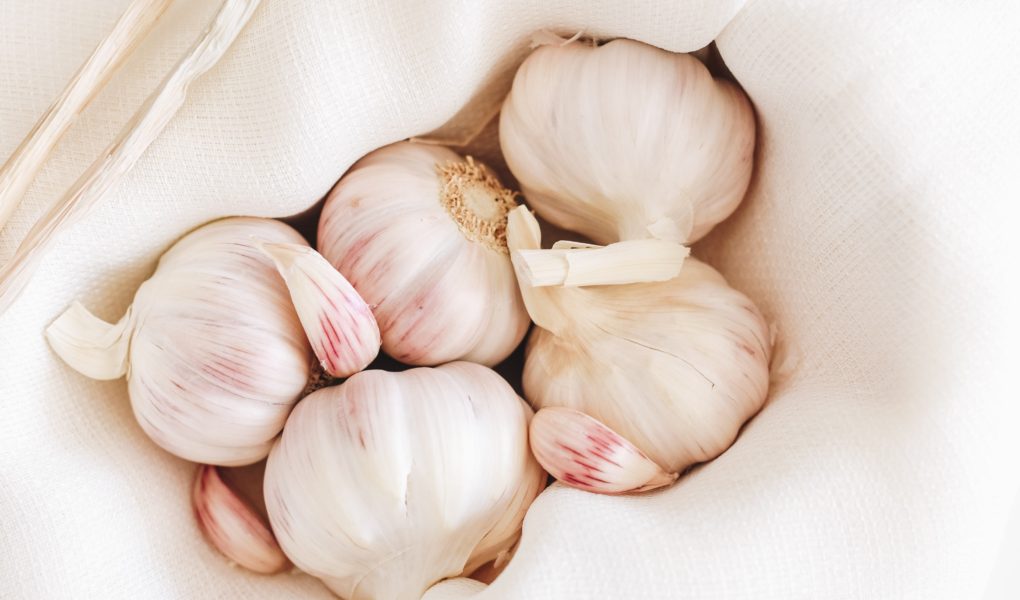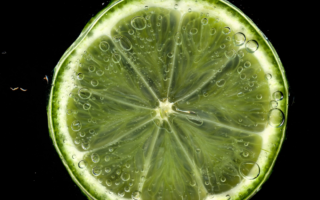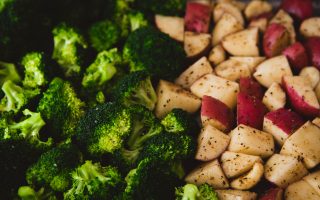Your immune system has a tough job of defending your body against bacteria, viruses, and other infection-causing germs. A strong immune system strengthens your resistance to infections and keeps you healthy. Fortunately, you can improve your natural immunity with the right type of food, exercise, and good sleep.
So, how about giving your immune system some help with powerful immunity-boosting foods?
Here are our recommendations.
Garlic
For centuries, garlic has been regarded as a remedy for different health conditions. The compounds in garlic help the immune system fight germs.
This herb is very effective against cold and flu because of the presence of an active component called Allicin. Allicin converts into Sulphur-compounds that help the body fight against cold and flu viruses.
However, to maximize its medicinal properties, you must use garlic in the recommended manner. The enzyme that produces allicin is heat sensitive. It is deactivated when exposed to higher temperatures. To prevent this, crush or chop garlic and let it stand for ten minutes before cooking. Crushed and sliced garlic has higher allicin content than whole garlic cloves.
Not only does garlic prevent colds and flu, but it also reduces the risk of falling sick in the first place. Garlic also eases existing symptoms and enables faster recovery. Studies suggest that aged garlic extract has beneficial properties against colds and flu.
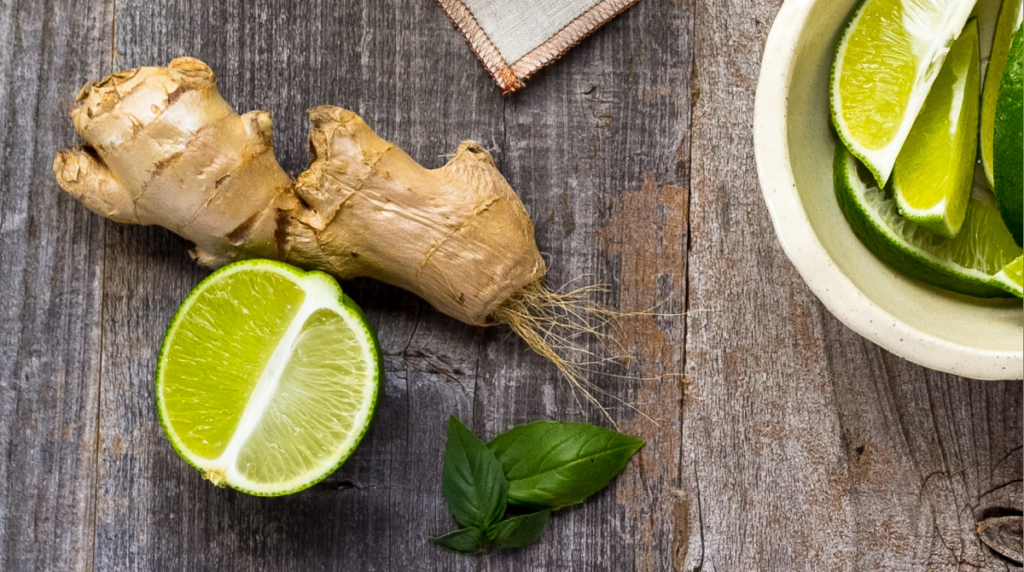
Ginger
Just like garlic, ginger has also been used as a traditional herbal remedy for various health conditions. It is commonly used to treat stomach issues, muscle and joint pain, skin burns, menstrual cramps, and colds and flu.
Scientific studies suggest that fresh ginger has anti-viral properties that work against human respiratory viruses. The antioxidant properties of this herb also help with inflammation conditions.
Although there are many ways in which you can use ginger, one of the most effective ways to obtain high concentrations of ginger is with a ginger elixir. Ginger elixirs combine fresh or grated ginger root with other juices and spices like turmeric and cayenne pepper.
You can make a ginger shot at home by blending fresh ginger with citric juice or other juices. You can also buy it at specialty food stores.
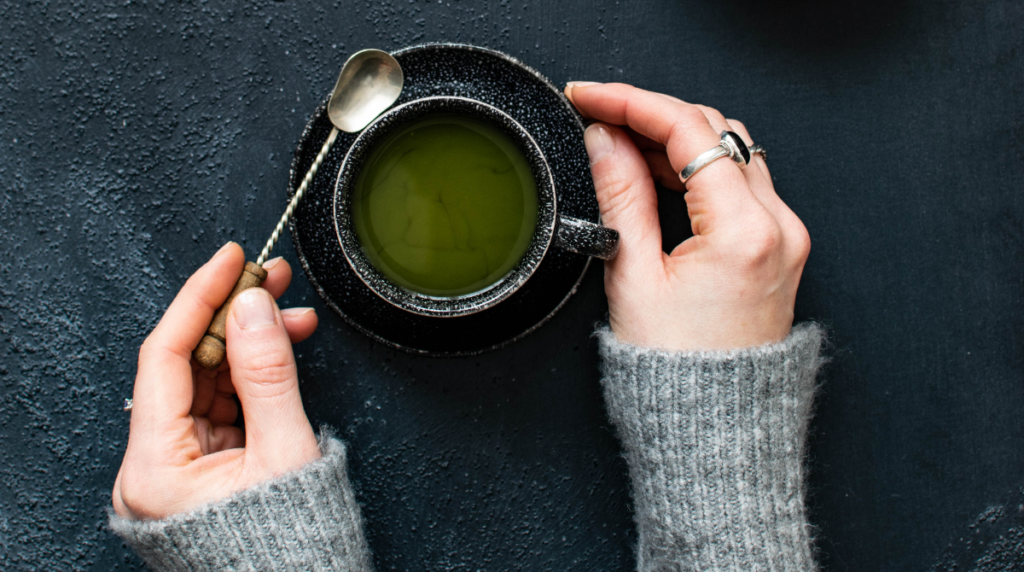
Green Tea
In recent years, green tea has gained popularity as a health food. Many people have replaced caffeinated beverages like coffee and tea with green tea to reap its health benefits.
However, green tea is not a new product. It has been used for centuries in Asia for its medicinal properties. A medical journal of 1907 mentions that servicemen filled their canteens with green tea instead of water to fend off diseases like typhoid. However, its antimicrobial properties weren’t studied until the late 20th century.
Interestingly, it was found that consumption or even gargling of green tea reduced the risk of infection from influenza and other flu viruses in children and the elderly. This is because green tea boosts the immune system by supporting the gamma cells that are the first line of defense against infections.
Green tea comes from Camellia Sinensis, the same plant that yields regular tea. The difference is that green tea is prepared using unoxidized leaves. Hence, it has a higher concentration of flavonoids and antioxidants.
There are different varieties of green tea available, but irrespective of the variant they all have powerful anti-viral properties.
Green tea contains healthy bioactive compounds like polyphenols that fight inflammation and cancer-causing conditions. It reduces the formation of free radicals and protects the body from different diseases.
As a rich source of antioxidants, green tea helps to support the body during infections. By providing immune support, it eases infection symptoms and speeds up recovery.
Green tea is most effective when freshly brewed. Prepare green tea by letting tea leaves steep in hot water for three minutes. Add a dash of lemon or herbs to enhance the taste. However, if you aren’t fond of the taste of fresh green tea, you can consume it in liquid extract or capsule form.

Nutritional Yeast
Nutritional yeast is different from the yeast that is commonly used in baking. It is grown on a variety of sources like sugar beets, molasses, and whey. Nutritional yeast is inactive, gluten-free, and dairy-free.
Research suggests that nutritional yeast contains S.Cerevisiae, an ingredient that supports the immune system. Consuming nutritional yeast stimulates the secretion of immunity factors and improves the adaptive immunity of the body.
Nutritional yeast also acts as a natural immunomodulator. It contains beta-glucan fiber which supports the body’s defense mechanism against pathogens. Studies suggest that consuming half-a-spoonful of nutritional yeast regularly can reduce the incidence and symptoms of the common cold.
It also helps to reduce inflammation during infections caused by bacteria. Inflammation is the body’s natural response to physical injury and infection. However, acute and prolonged inflammation can result in severe pain, redness, swelling, and immobility. This is harmful to the body.
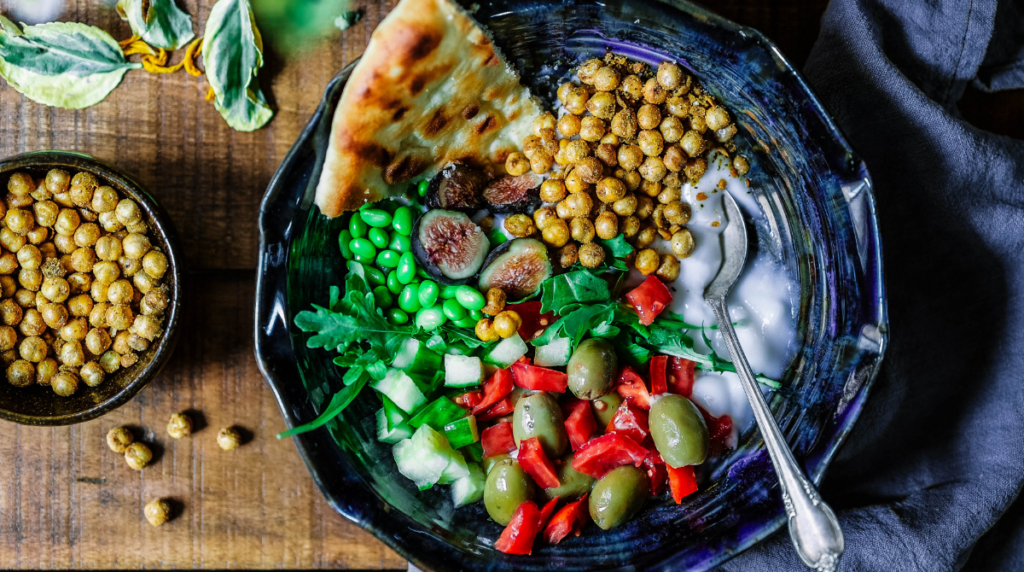
Zinc
Zinc is a micronutrient that helps to build natural immunity. It is also essential for various cellular functions. Zinc plays an important role in the repair of body cells, metabolic activity, and building immunity. It is an important component of various enzymes.
Scientific research suggests that zinc supplementation can effectively decrease infections in the elderly, making it a good immunity booster.
Unfortunately, our body doesn’t store zinc. So, it is necessary to replenish our zinc levels every day through food. The daily recommended quantity of zinc can be obtained from different types of foods. For instance, legumes like chickpeas and lentils are rich in zinc. You can also add seeds like hemp seeds, pumpkin seeds, and sesame seeds to your diet to improve your zinc levels. Nuts like peanuts, cashews, almonds, and pine nuts also contain zinc. Zinc is present in some vegetables like potatoes and sweet potatoes. Dark chocolate contains zinc.
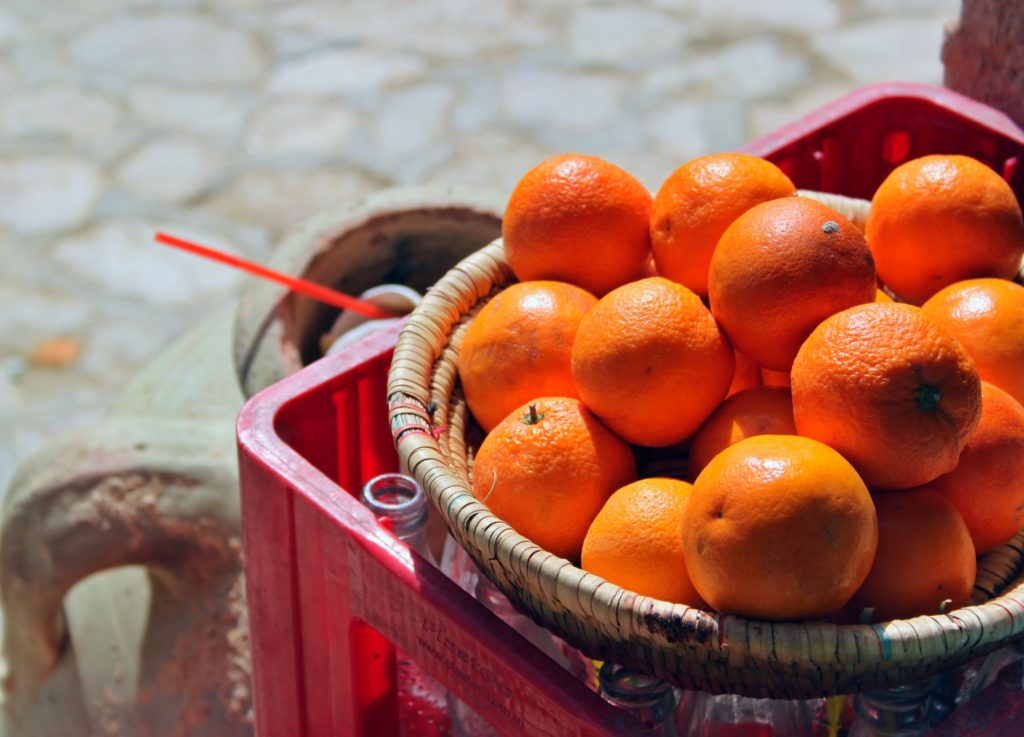
Vitamin C
You may already know that there is no cure for the common cold. However, getting enough Vitamin C during an infection can help to reduce the severity of symptoms. Vitamin C can also shorten the duration of a cold or flu and improve your chances of recovery.
Vitamin C supports the activity of immune cells. Hence, the proper maintenance of Vitamin C levels in the body will improve the natural ability to fight off infections. The recommended DV of vitamin C for a healthy adult is 90 mg.
For example, half a cup of Broccoli provides approximately 57% of DV.
Other fruits and vegetables to consider: Sweet Bell peppers half-cup provides approximately 152% of DV.
Kale- one cup 89% DV
Kiwis- one fruits 80% DV
Brussels Sprouts -half cup 54% DV
Lemons-one lemon 92% DV
Strawberries-one cup delivers 89% DV
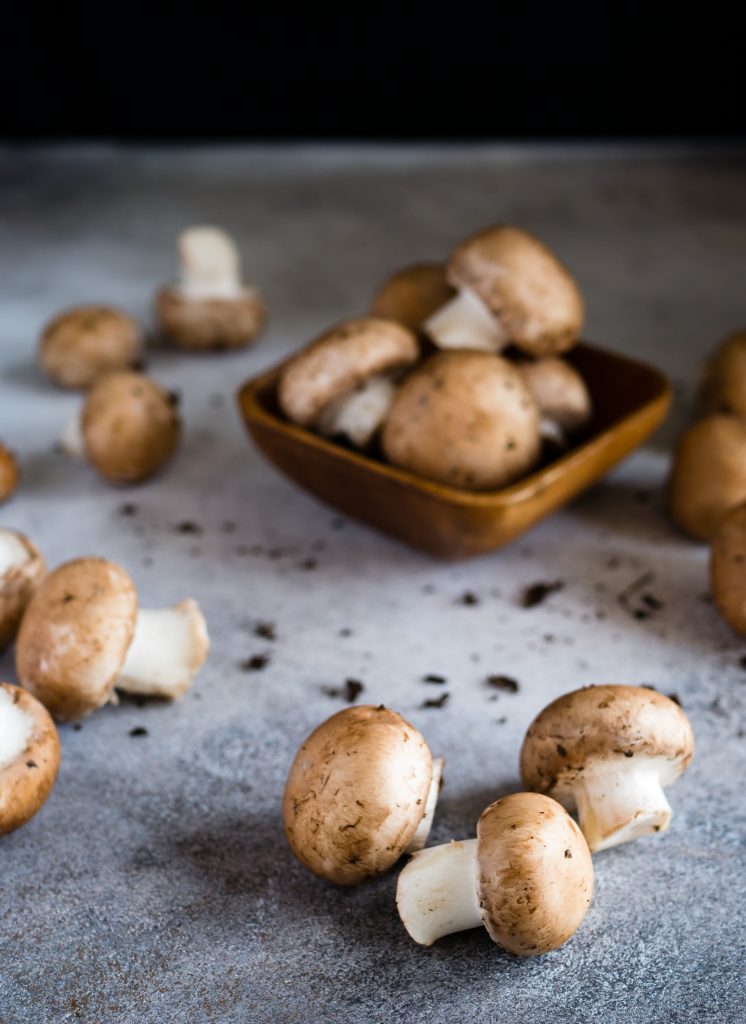
Vitamin D
Vitamin D is very important for bone growth. However, this sunshine vitamin also improves immune health and protects against respiratory illnesses. Although Vitamin D is naturally present in very few foods, your body produces enough of it when you expose yourself to sunlight. So, the best way to elevate Vitamin D levels is to spend time in the sun.
Although this sounds quite easy, many people suffer from Vitamin D deficiency. This condition worsens during the winter months when daylight is limited. It can also pose a problem in the current situation when you are forced to restrict outdoor activities.
In such conditions, it becomes necessary to increase Vitamin D levels through food. The best vegan sources of Vitamin D are fortified soymilk, almond milk, fruit juices, and mushrooms.

Vitamin E
Vitamin E is an antioxidant and very important vitamin for the proper functioning of different body organs. It plays a crucial role in maintaining the immune system in the elderly. This vitamin can significantly reduce the occurrence and duration of common colds in seniors.
Inadequate intake of Vitamin E can cause a decline in cellular immunity with age. Additionally, the symptoms of Vitamin E deficiency are often very subtle, that they may be overlooked.
Unfortunately, most typical diets do not provide enough Vitamin E. So, you must make a conscious effort to improve the consumption of foods that contain this vitamin.
The best vitamin E sources are wheat germ oil, sunflower seeds, nuts such as peanuts, hazelnuts, and, especially, almonds. Additionally, you can find it in vegetables like spinach, avocado, asparagus, and broccoli. Also, check out the food labels, some companies add vitamin E to their juices and breakfast cereals.
In a nutshell…
It is imperative to do our best to improve our immunity. Fortunately, even small lifestyle and dietary changes can boost it and help the body fight against the germs that it may encounter.
This is the right time to reassess your food choices if you haven’t done so already. Switch to a healthy diet that is rich in immunity-boosting foods to equip your body’s natural immune system. We have covered the different types of foods and nutrients that will enhance immunity levels and help your body keep germs at bay.
Include these different foods in your diet and improve your chances of staying healthy and strong all year long.
Did you enjoy reading this article? Please tag me on Instagram @cookingmypoundsoff. I would LOVE to hear from you!!! Truly yours, Elena!
The content of this article should not be considered a substitute for professional medical expertise or treatment. This website is not intended to be a substitute for the advice of a physician, certified dietitian or other licensed professional. Always consult with your primary care provider before starting a new diet or introducing new foods.

